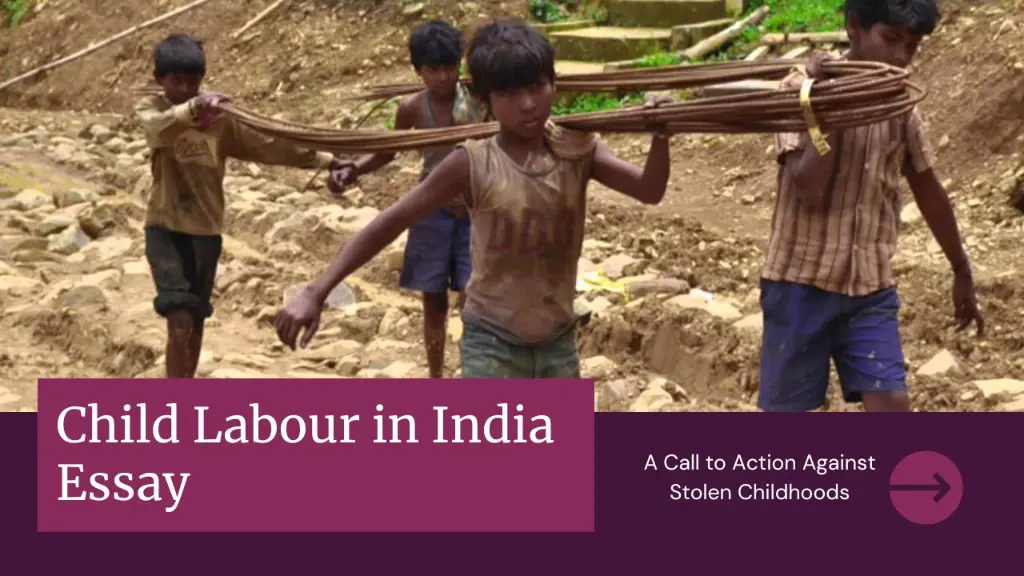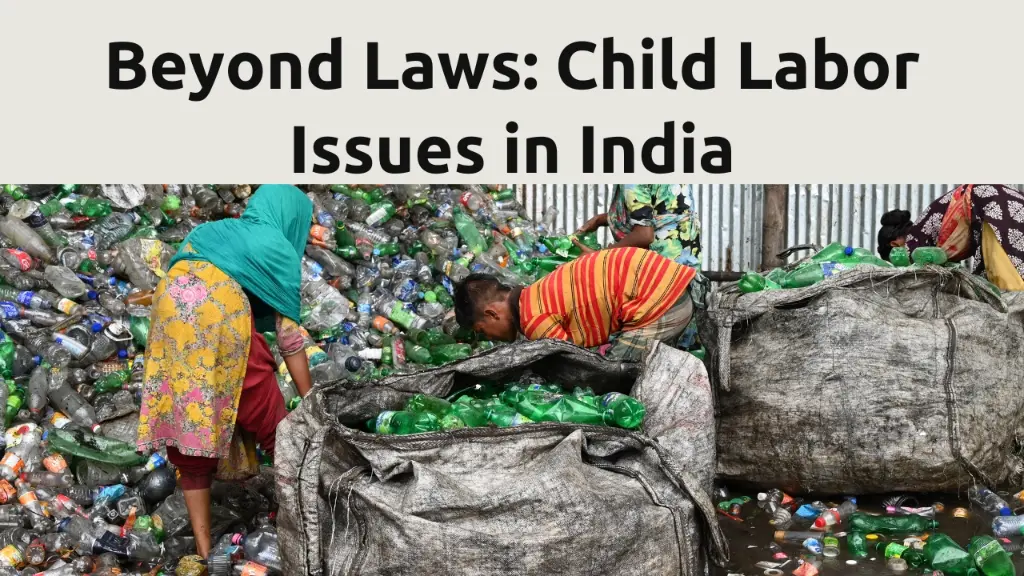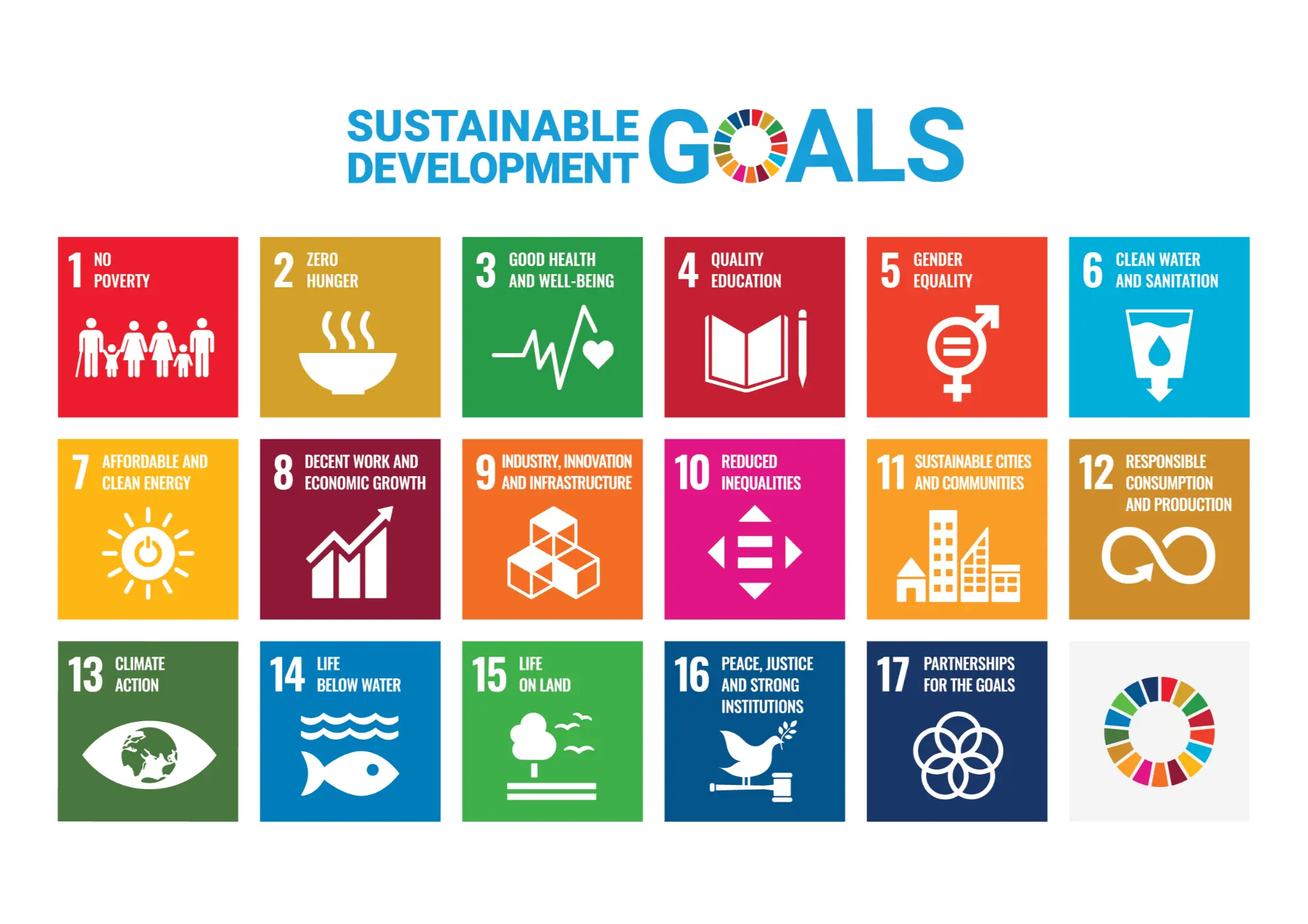This Child Labour in India Essay explores the global crisis of child labor, Child Labour Problems in India devastating consequences and ongoing fight against child labour. Moreover, this blog on child labour also covers How to Prevent Child Labour and Role of HSE Professionals on Child Labor Prevention.
1. Introduction: Stolen Childhoods: A Call to Action Against Child Labour in India Essay
As a Health, Safety and Environment (HSE) professional, ensuring the well-being of individuals goes beyond the factory floor or construction site. We are driven by a sense of responsibility that extends to the communities we work in. This is why a global injustice like child labor demands our attention.
This blog or essay on child labour delves into the complexities of child labor, exploring its global reach, the problems it creates. Discover how poverty, lack of education and social norms trap children in exploitative work.
Moreover, this essay will also explore potential child labour solutions, how to prevent child labour and learn how YOU can be part of the movement for a brighter future where every child in India thrives.
2. Child Labor: A Global Shame:
Child labor is not confined to a single nation. According to the International Labour Organization (ILO), an estimated 160 million children are trapped in child labor globally. These children, some as young as five, toil in hazardous conditions, robbed of their education, health and most importantly, their childhood.
From agriculture and mining to domestic work and manufacturing, child labor pervades various sectors, often hidden from plain sight.
3. India’s Struggle on Child Labour or Child Labour Problems in India:
India, despite significant strides in economic development, still grapples with child labor. Poverty, lack of access to education and social norms that normalize child work contribute to this issue.
Children are often found working in brick kilns, textile factories, and hazardous agricultural settings. These environments expose them to physical, chemical and psychological harm.
4. Causes of Child Labour in India:
There are several causes of child labour in India which was covered in detailed in our blog Child Labor Issues in India and Why Laws Alone Aren’t Enough. Click the link to read it.
5. Consequences of Child Labour in India:
The consequences of child labor are far-reaching. Children engaged in labor experience stunted physical and cognitive development. The long hours and hazardous work conditions take a toll on their health, increasing the risk of injuries, respiratory illnesses and even death.
Moreover, child labor deprives them of education, perpetuating the cycle of poverty for generations.
6. Child Labor Punishment in India: Addressing the Issue Holistically
While stricter laws and enforcement are crucial, punitive measures alone cannot eradicate child labor. Understanding the root causes and addressing them is equally important. Here’s a deeper look at child labor punishment in India and the need for a holistic approach:
6.1 Existing Laws and Penalties:
The Child Labour (Prohibition and Regulation) Act prohibits child labor in hazardous occupations and regulates working conditions for adolescents (14-18 years) in non-hazardous sectors.
The penalties for violations include imprisonment and fines for employers. Additionally, the National Commission for Protection of Child Rights (NCPCR) oversees child rights protection and investigates child labor cases.
6.2 Challenges in Implementing Punishment:
6.2.1 Weak Enforcement:
Resource constraints and lack of proper investigation often hinder effective enforcement of child labor laws.
6.2.2 Corrupt Practices:
Bribery and collusion between enforcement authorities and employers can pose a challenge.
6.2.3 Limited Awareness:
Many families remain unaware of their rights and the legal consequences of child labor.
7. How to Prevent Child Labour or Child Labour Solutions:
Eradicating child labor requires a multi-pronged approach. Here’s where solutions can be implemented:
7.1 Empowering Families:
Poverty is a major driver of child labor. Government schemes like MGNREGA (Mahatma Gandhi National Rural Employment Guarantee Act) that provide employment opportunities for rural families can alleviate poverty and keep children in school.
7.2 Education for All:
The Right to Education Act (RTE) in India guarantees free and compulsory education for children aged 6-14. Strengthening the education system, enforcing RTE and providing quality education with vocational training can be game changers.
7.3 Stricter Laws and Enforcement:
The Child Labour (Prohibition and Regulation) Act, 1986, prohibits children under 14 from working in hazardous occupations. Strengthening legal frameworks, robust enforcement mechanisms, and stricter penalties for offenders are crucial.
7.4 Raising Awareness:
Talk about child labor with your family, friends and colleagues.
7.5 Consumer Power:
As responsible consumers, we can support companies committed to ethical sourcing and advocate for boycotting products linked to child labor. Research the ethical sourcing practices of companies before purchasing products.
7.6 International Collaboration:
The ILO works with governments and NGOs to tackle child labor. Supporting these initiatives and fostering international cooperation are vital. Click the link to know more about List of NGOs fighting Child Labor in India.
7.7 Report Suspected Child Labor:
If you witness child labor, report it to the authorities – District Labour Officer, Childline (1098) helpline, or National Commission for Protection of Child Rights, India (NCPCR).
7.8 Support Child Rights Organizations:
Donate to or volunteer with NGOs working towards child protection and education.
8. How HSE Professionals can help to Stop Child Labor or The Role of HSE Professionals on Child Labor Prevention:
As HSE (Health, Safety and Environment) professionals, our commitment to safety extends beyond the confines of workplaces. We champion the well-being of individuals, and that includes protecting children from the dangers of child labor. Here’s how we can leverage our expertise to make a significant difference in this fight:
8.1 Child Labor Prevention Policies:
Develop child labor prevention policies within our organizations.
8.2 Spreading Awareness:
Raise awareness about child labor within your organization and educate employees about the signs of child labor and how to report suspected cases.
8.3 Promoting Ethical Sourcing:
Advocate for your company to adopt ethical sourcing practices. Conduct audits of supply chains to identify and address potential child labor issues.
8.4 Working with NGOs:
Partner with NGOs working on child rights protection and education. Offer your expertise in conducting risk assessments of hazardous workplaces where children are at risk.
8.5 Reporting Suspected Cases:
Report any instances of potential child labor within your own organization or its supply chains to the appropriate management team and insist on immediate action.
Moreover, report it to the relevant authorities like the District Labour Officer or the National Commission for Protection of Child Rights (NCPCR).
8.6 Utilizing Communication Skills and Training Others:
Use your communication skills to train community leaders, social workers, and even parents about the dangers of child labor and the importance of education.
9. Conclusion of Child Labour in India Essay: A Brighter Future Awaits
Child labor remains a complex issue with deep roots in poverty and lack of education. While punishment serves as a deterrent, it’s only one piece of the puzzle.
Eradicating child labor is not a quick fix. It requires sustained efforts from governments, NGOs, businesses and individuals like you and me. By empowering families, prioritising education, strengthening legal frameworks and raising awareness, we can build a world where every child has the opportunity to learn, play, and reach their full potential.
Let us work together and build a future where every child has the opportunity to thrive, free from exploitation and with the chance to reach their full potential.
Click the link to read more topics on 2024 Calendar and Important Days for HSE Professionals.
For future updates, suggestion and discussion, please connect with us on Facebook, Twitter & Linkedin.






